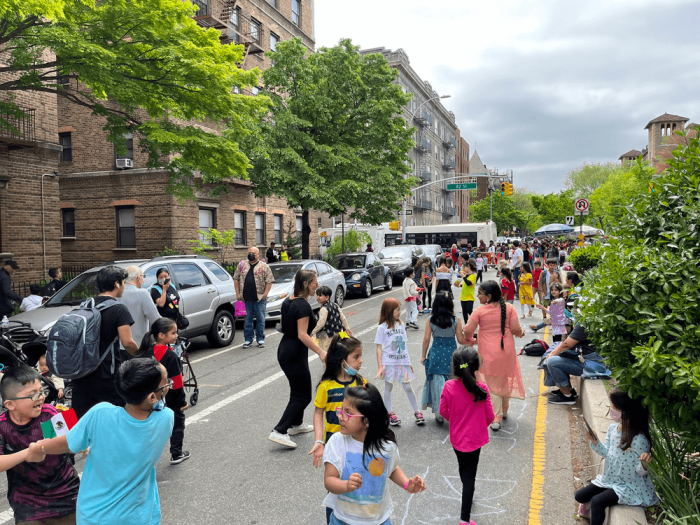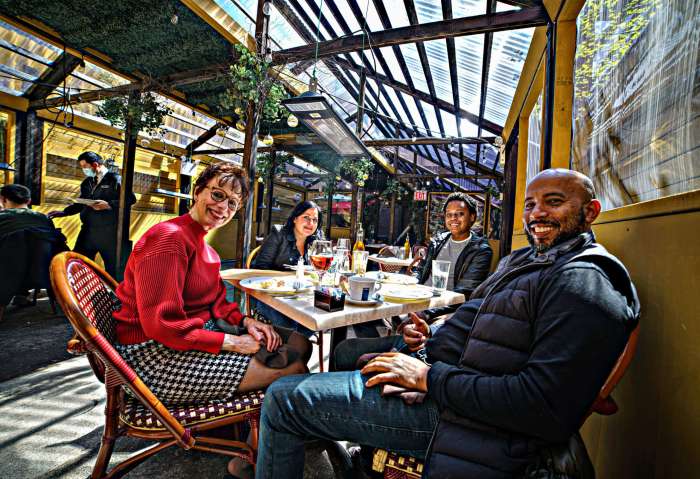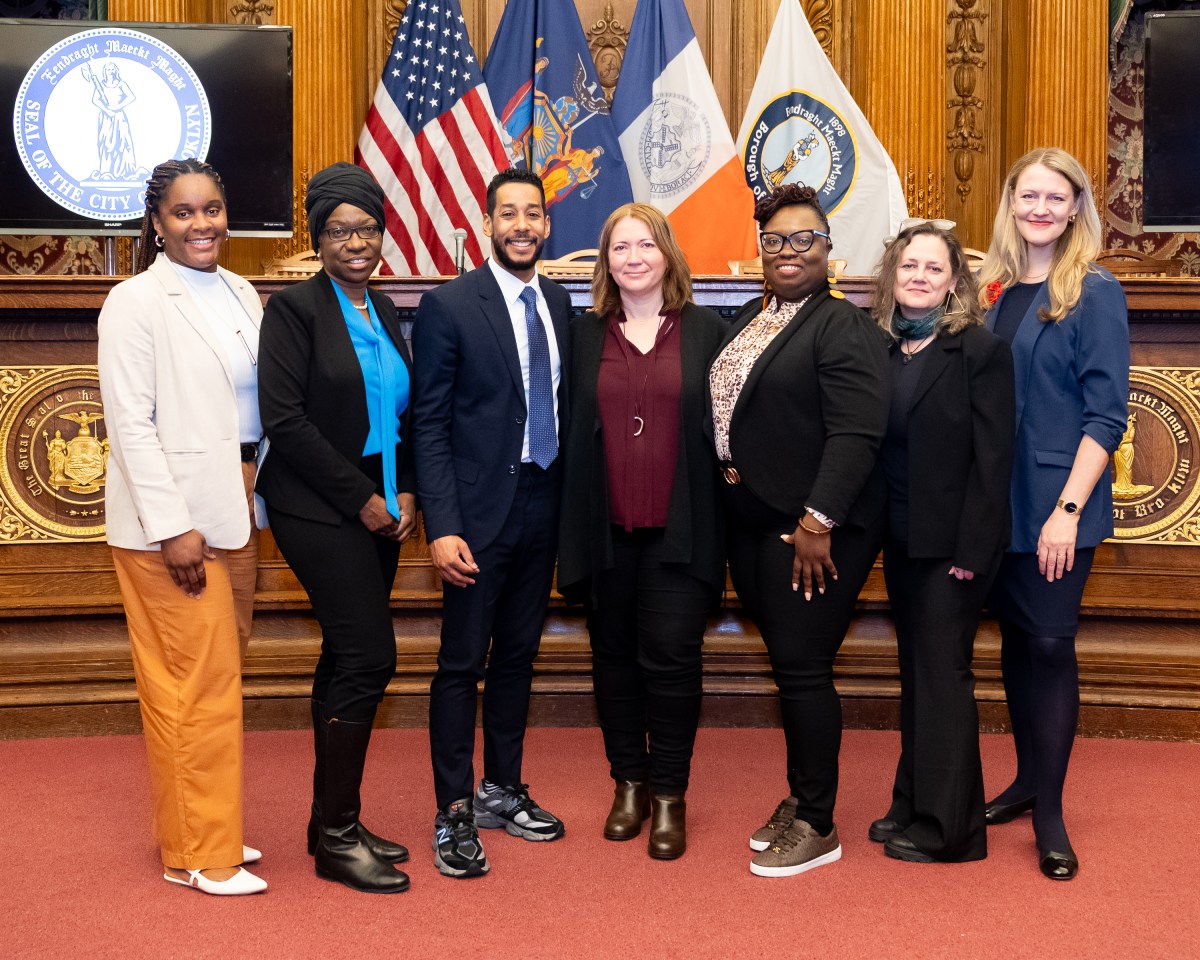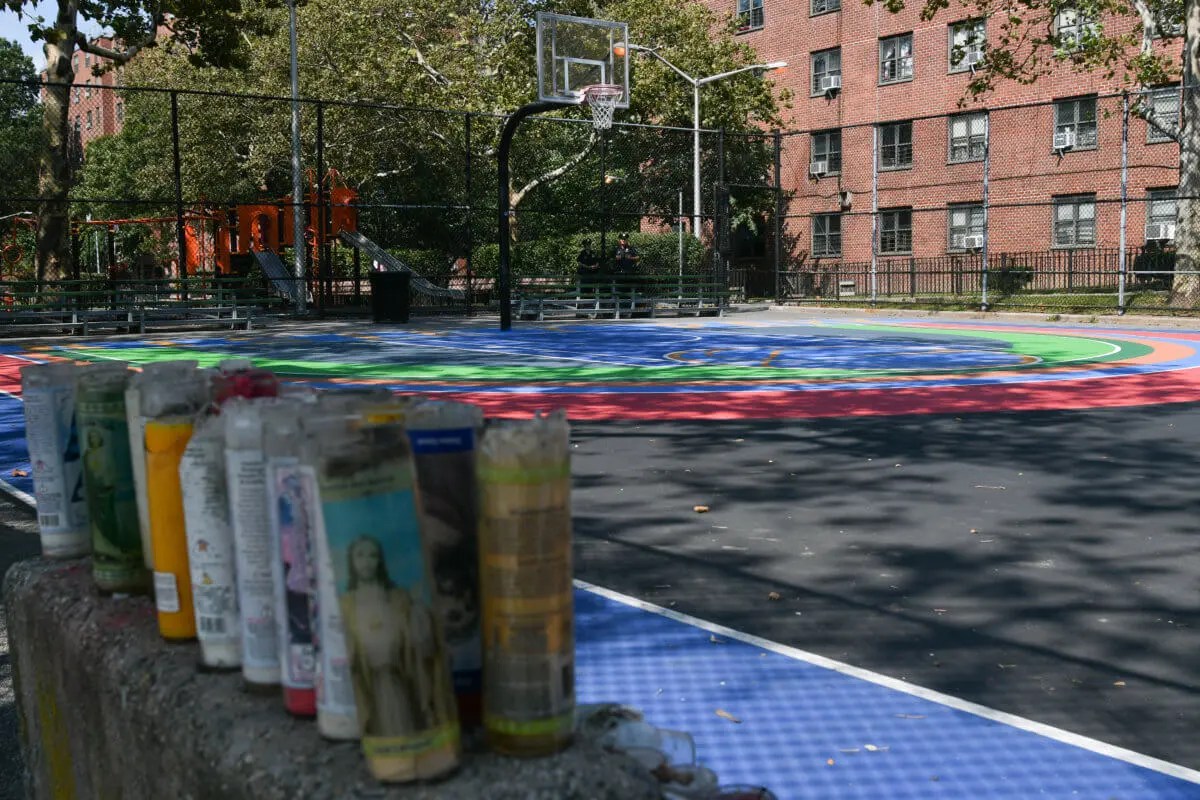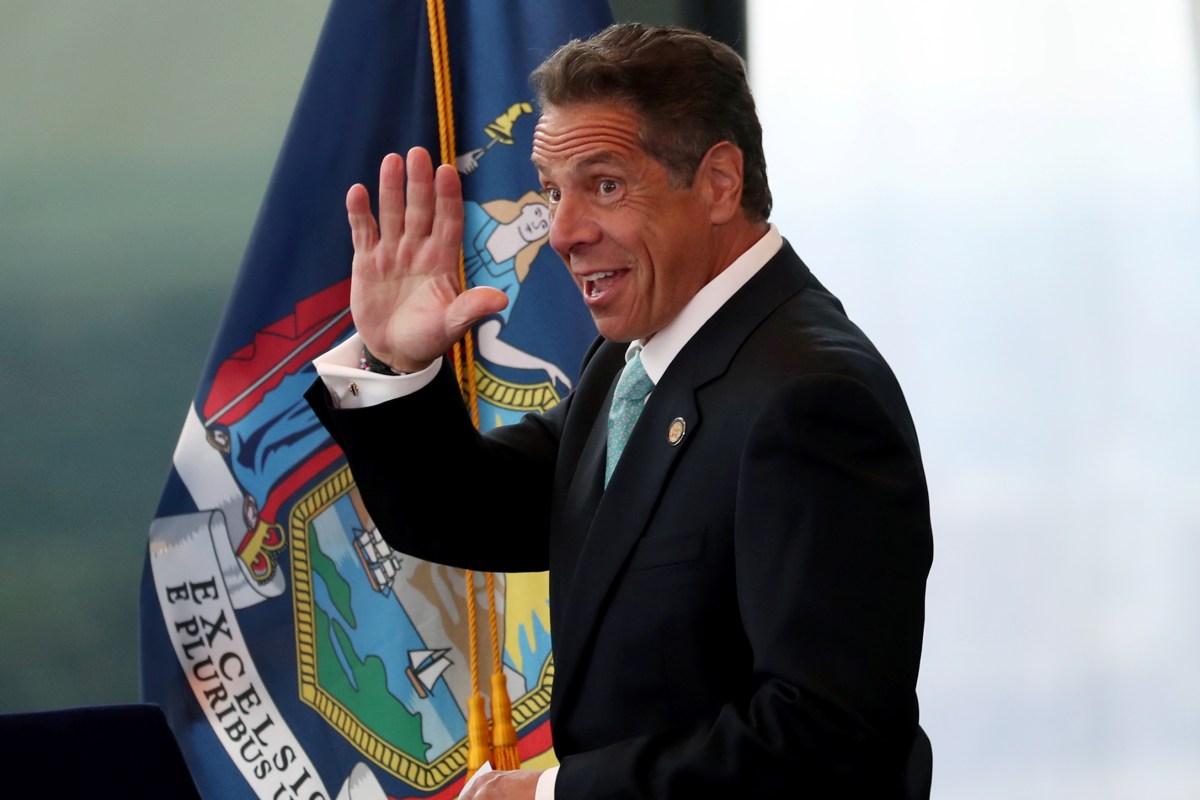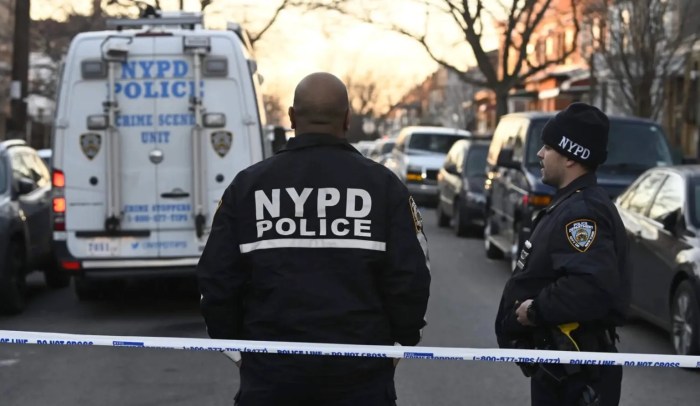
After an aggressive expansion in recent years, the city will reach a thousand miles of bikes lanes Tuesday when it finishes a new stretch on the Lower East Side, data shows.
The city’s network will reach that milestone with a two-way bike lane on Clinton Street, between Grand Street and East Broadway. The path runs from Williamsburg Bridge to South Street.
The city has added 485 miles of bike lines since 2007, about 80 of which have been built under Mayor Bill de Blasio’s administration. Twelve of those miles are protected on-street bike lanes, while others are off-street lanes like the Hudson River Greenway.
Almost 40% of the miles are shielded from traffic, such as through greenways or off-street bike lanes.
“With 1,000 miles in the city’s bicycle network, we have reached a momentous milestone,” said Department of Transportation Commissioner Polly Trottenberg in a statement.
The first lane was built back in 1894 on Ocean Parkway in Brooklyn, according to Deputy Commissioner Ryan Russo.
Cyclist-friendly Brooklyn has the most bike lanes, with 311 in its network. It is followed by Manhattan at 241, according to data from the city’s transportation department.
Queens has 208 miles, and the Bronx 174 miles. On Staten Island, where the MTA has been experimenting with bike racks on buses, there are 75 miles for cyclists.
“From Queens Boulevard to Clove Road in West Brighton, Staten Island, the city is getting more innovative as we continue to expand the bicycle network, connecting neighborhoods and communities, and giving thousands of New Yorkers another option to travel to their destination,” Trottenberg added in a statement .
Going forward, the city Department of Transportation plans to add a protected lane between the Bronx and Randall’s Island on Bruckner Boulevard.
The agency might add bike lanes on the Harlem River bridges, such as the Willis Avenue and Third Avenue bridges. It recently started construction on a bike lane on the Pulaski Bridge between Long Island City and Greenpoint.
The DOT is also looking to place additional bike lanes in upper Manhattan and Long Island City, neighborhoods where Citi Bike recently expanded.
It plans to discuss a potential lane next year on Amsterdam Avenue in the Upper West Side with the community board in the fall.
Safe street activist and cyclist Charles Komanoff, an organizer for the group Right of Way said the 1000-mile mark is an important marker, but there is still a long way to go.
He wants the DOT to show greater resolve when it faces opposition from community boards — and the NYPD to enforce laws protecting cyclists the bike lanes.
“I think the challenges are DOT backbone, and NYPD apathy if not downright hostility,” he said. “At some point the buck stops at City Hall.”
Keegan Stephan, a 31-year-old cyclist who advocates for livable streets, , also said the lack of enforcement makes it difficult to use the lanes — and that many have worn down and need to be re-striped. Livable streets are considered ones you can walk, bike, drive, and take mass transit on safely.
“Enforcement against cars parked in bike lanes is literally a joke,” he said. “Just check the #bikenyc hashtag on twitter and you’ll see dozens of different users posting pictures of obstructions in bike lanes every day. The most frequent offenders seem to be police officers themselves, who use bike lanes as parking spaces so frequently that there is a highly active twitter account dedicated solely to documenting them — @CopsInBikeLanes.”
Citi Bike, the bike-share program that started in 2013, has benefitted significantly from the new lanes — and recently hit 20 million rides. .
On Wednesday, Sept. 16, it had its busiest day ever — reaching 50,780 riders.
It’s trickier for the city to track the overall number of cyclists than Citi Bike, which uses an electronic system. It counts cyclists on a summer weekday each year at major destinations, such as the Williamsburg Bridge and Hudson River Greenway.
The agency counted about a 12.8% increase in cyclists between 2012 and 2014. It is more than a 100% increase from 2007, when the city began aggressively adding lanes. There were about 9, 330 cyclists then.
Paul Steely White, executive director of Transportation Alternatives, said the increase in miles is a big achievement for the city, but there needs to be more lanes to shield drivers from cars.
“The city needs to focus not just on creating more lane miles, but on building the protected bike lanes that communities across the five boroughs are demanding more than ever,” he said.




